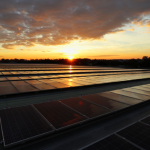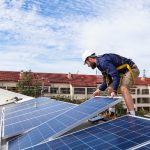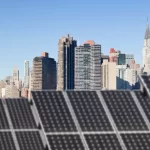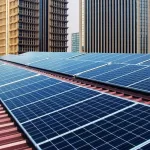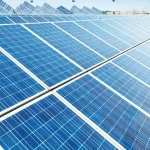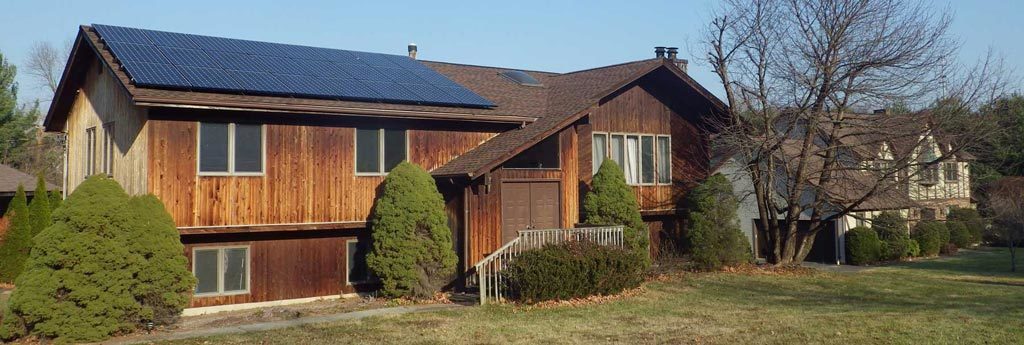
If you’re ready to ditch your high electric bills, now’s the time to start leasing solar panels. New York is a progressive state with a positive outlook on the future of solar energy. The green technology is growing quickly as residents realize there’s a cleaner, cheaper way to get electricity.
What Factors Contribute to the Cost
It’s not easy to put a single dollar amount on what solar installations cost because many factors come into play, including:
- System size: The equipment itself contributes to about 47% of the system’s total cost. Obviously, the more solar panels you have, the higher the cost is. All solar installations also require an inverter, mounting hardware and wiring.
- Installation costs and permits: This accounts for 35% of the cost. Installers charge for their time and pass along permitting costs to customers.
- Sales and operations: The remaining 18% of the cost comes from monitoring, maintenance and repair costs along with operational and overhead costs.
Fortunately, each cost area is becoming less expensive as solar grows. Leasing solar panels is also a cost-effective option that entirely offsets upfront costs.
Available Solar Panel System Options
The style of solar energy system you install affects the way it operates and what it costs to install. The most common options for residential applications include:
- Grid-tied system: This is the simplest and most common type of solar installation installed in New York. It allows you to use solar energy when available while still drawing electricity from the grid at night or on cloudy days. When there’s no electrical demand while the sun is shining, the solar panels send excess energy back to the grid for use elsewhere. You receive a credit for the excess energy your system generates.
- Off-grid system: If you want full grid independence, this type of solar installation is right for you. Because it requires a battery and/or a backup generator for power when the sun isn’t shining, this complex system costs more and is less flexible than grid-tied systems. However, for residents in remote locations without utility services, it’s an excellent way to independently generate electricity for the home.
- Hybrid system: This is a grid-tied system that also features a battery, which is charged by both the solar panels and the grid. Then, in case of a power outage, the battery provides electricity either until the sun comes out or power is restored from the grid. Costs are comparable to an off-grid system.
Leasing Solar Panels vs. Buying Solar Panels
The traditional way to acquire solar panels is to purchase them from an installer. However, high upfront costs are restrictive in many instances.
Solar leasing is a new concept for New Yorkers, but it has already become the most common way for homeowners in states such as Arizona, California and Colorado to acquire solar panels affordably. The benefits of leasing solar panels vs. buying solar panels include:
- Little upfront payment required: Leasing solar panels is an incredible opportunity to overcome the financial stumbling block associated with solar panels. Leasing eliminates the need to fork over tens of thousands of dollars. In many cases, you can get started with no money down.
- Maintenance costs covered: Knowing you don’t have to pay to maintain, repair and replace parts provides peace of mind when you lease solar panels.
- Predictable, affordable costs: Assuming you have a good-sized solar energy system installed on a south-facing, un-shaded roof, you can expect to produce a great deal of electricity. You’ll likely save money making payments to the solar leasing company compared to what you once paid for electricity from the grid.
Solar Incentives in New York
New York has a goal to get 30 percent of the state’s electricity from solar power and other renewable energy sources by the end of 2015. The only way to achieve this goal is to encourage residents to switch from the grid to solar panels.
That’s why the New York State Energy Research & Development Authority (NYSERDA) has set aside $144 million in cash rebates between 2010 and 2015 for homeowners who participate in its solar program. Incentives include:
- New York Solar Tax Credit: The New York Legislature passed Bill 34B/Senate Bill 149B allowing state residents who invest in solar to receive a tax credit.
- Solar Pioneer Program: Long Island homeowners are eligible for an upfront cash rebate from the Long Island Power Authority when they install solar panels through the Solar Pioneer program. Homeowners who qualify are also eligible to receive the New York Solar Tax Credit.
- Federal Tax Credit: Now through the end of 2016, anyone in the US can take advantage of a federal tax credit to cover 30% of solar purchase and installation costs.
Why wait? There’s never been a better time to start leasing solar panels, saving money on utility bills and moving toward a greener New York!

